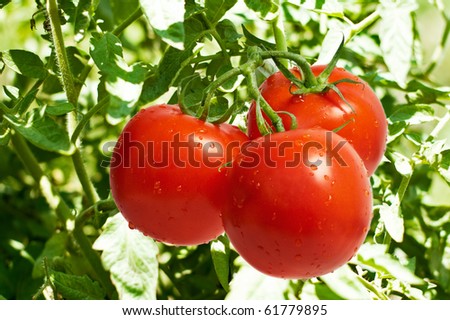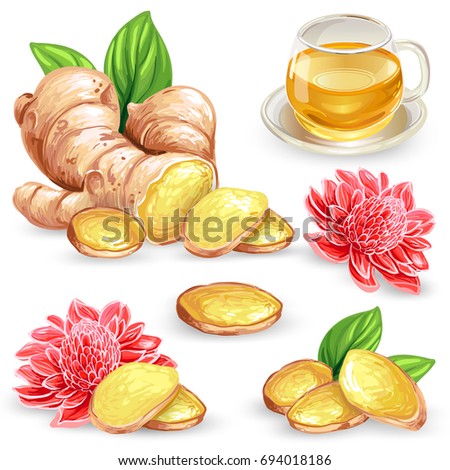Choosing the right tomato variety for your region and needs (slicing, canning and so on) is the first step to growing great tomatoes
Flavorful tomatoes are the result of plenty of sunlight, healthy soil and optimal watering - over watering by mistake can ruin the flavor of the tomato.
Tomatoes can be easily grown in containers or garden beds; adding crushed eggshells to soil helps prevent blossom end rot.
Tomatoes are the most popular garden vegetable (technically tomatoes are a fruit, but they're used more like a vegetable) in the U.S., with 95 percent of home gardeners planting them in their backyards.
About 4 of 5 people say that out of all homegrown foods, tomatoes are their favorite.1 Indeed, the flavor and texture of a supermarket tomato can't compare to that of a homegrown variety.
Not to mention, tomatoes are exceptionally healthy, especially when they're grown organically at home, and incredibly easy to grow.
It's possible to successfully grow tomatoes even if you don't have a green thumb — in containers, raised beds or virtually anywhere there's soil — but simple tips can turn otherwise ordinary tomatoes into extraordinary tomatoes.
Facts Credit: mercola.com
Flavorful tomatoes are the result of plenty of sunlight, healthy soil and optimal watering - over watering by mistake can ruin the flavor of the tomato.
Tomatoes can be easily grown in containers or garden beds; adding crushed eggshells to soil helps prevent blossom end rot.
Tomatoes are the most popular garden vegetable (technically tomatoes are a fruit, but they're used more like a vegetable) in the U.S., with 95 percent of home gardeners planting them in their backyards.
About 4 of 5 people say that out of all homegrown foods, tomatoes are their favorite.1 Indeed, the flavor and texture of a supermarket tomato can't compare to that of a homegrown variety.
Not to mention, tomatoes are exceptionally healthy, especially when they're grown organically at home, and incredibly easy to grow.
It's possible to successfully grow tomatoes even if you don't have a green thumb — in containers, raised beds or virtually anywhere there's soil — but simple tips can turn otherwise ordinary tomatoes into extraordinary tomatoes.
Facts Credit: mercola.com




